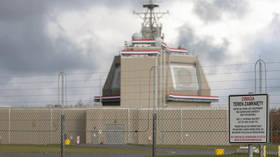Fate of controversial slave trader statue revealed

An independent citywide consultation into the future of the recently toppled statue of Bristol slave trader Edward Colston has concluded it should be housed in a museum.
The recommendation presented by the We Are Bristol History Commission is that the statue is permanently displayed horizontally and still covered with paint, preserving the damaged state it was in when it was retrieved from the harbor into which it was dumped.
80% of Bristolians surveyed stated that the statue should go on display. Of the one in five individuals who did not want the statue to be displayed, half of that group wanted it to be returned to the plinth, while a quarter of those individuals thought it should be destroyed.
The report stated that the plinth which previously housed the statue should be used to display temporary pieces or activities that reflect issues that are important for Bristolians, including the history and impact of the slave trade. It should also remain empty at times to remind people passing by of what happened to the statue.
During the 17th century, Colston was a shareholder in the Royal African Company, which shipped 84,000 Africans – including 12,000 children – into slavery.
The Colston statue was torn down by Black Lives Matter protesters in 2020 before it was thrown into the Bristol harbor in opposition to his role as a slave trader.
Four activists who were responsible for ripping the statue off its plinth were cleared of criminal wrongdoing in January after urging jurors to “be on the right side of history.”













